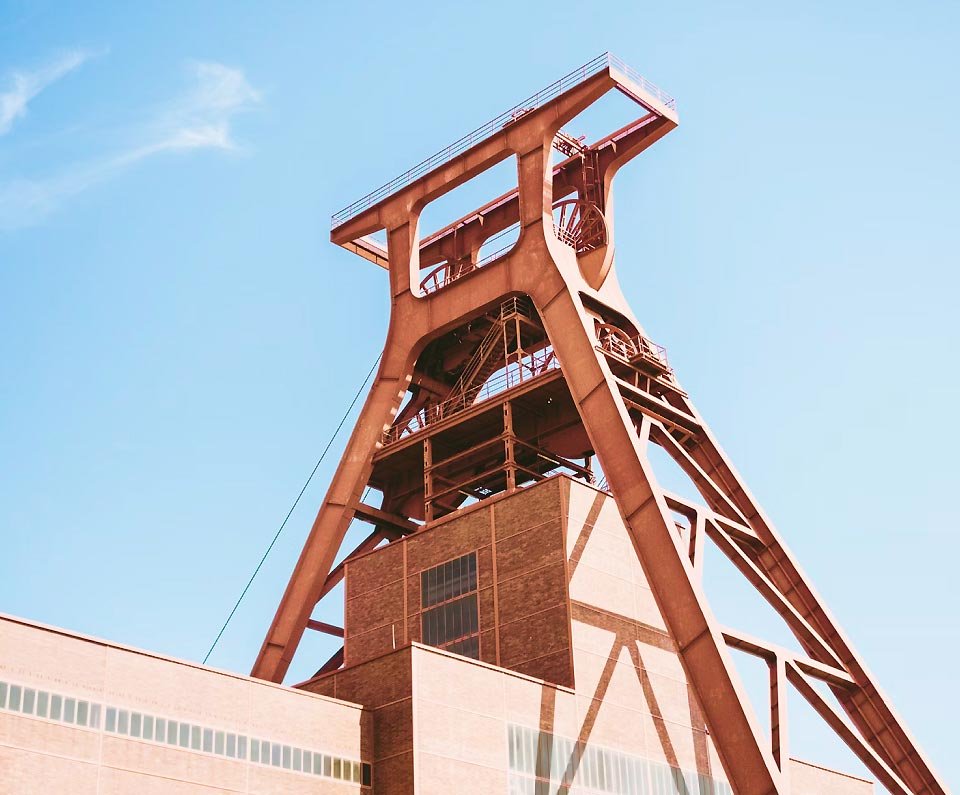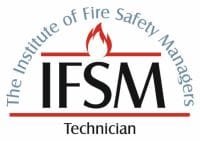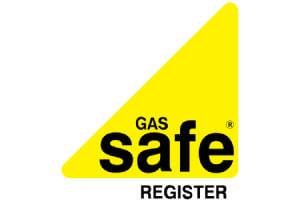
The financial implications of obtaining a Fire Safety Certificate can be quite variable, pivoting largely on the size and complexity of the property in question, as well as the specific requirements set by local authorities in the UK. For property owners and managers, understanding these costs is crucial not only for budgetary planning but also for ensuring compliance with stringent fire safety regulations. While the outlined costs provide a baseline, the true expense may escalate when considering necessary modifications post-inspection. This raises an important question: what strategies can be employed to manage and possibly reduce these expenses?
Table of Contents
Key Takeaways
- Costs range from £200 to £600 for small to medium-sized properties in the UK.
- Larger properties, such as industrial sites, may incur costs between £800 and £2,500.
- Factors influencing cost include property size, complexity, and local fire safety standards.
- Certified fire safety professionals are necessary for accurate cost estimation.
- Regular inspections, depending on the property type, can affect long-term costs.
What Is a Fire Safety Inspection Certificate?
A Fire Safety Certificate is a crucial document issued by a governing authority to certify that a property meets all required fire safety standards. This certification is essential for landlords and property managers, ensuring that their buildings adhere to local fire codes and regulations.
The cost of a fire safety certificate can vary widely depending on several factors, including the size and complexity of the property, the specific requirements of the local jurisdiction, and the frequency of required updates to maintain compliance.
For landlords, obtaining a fire safety certificate is not merely a regulatory formality but a critical component of their duty to ensure tenant safety. The expense, while potentially significant, is an investment into the property’s safety and compliance profile.
Typically, the fire safety certificate cost includes fees for inspection, which may involve multiple visits from certified fire safety inspectors, and sometimes additional costs for compliance adjustments needed post-inspection.
For those managing multiple properties, understanding and budgeting for the cost of a fire safety certificate is essential. The investment not only protects against legal repercussions but also safeguards lives, making it a non-negotiable aspect of property management.
Why Is a Fire Safety Inspection Necessary?
To ensure the safety and well-being of occupants, fire safety inspections are imperative for any property. These inspections serve as a critical mechanism to both identify potential hazards and to ensure compliance with established fire safety standards, thereby significantly reducing the risk of fire-related incidents.
Here are four key reasons why fire safety inspections are necessary:
- Risk Identification: Regular inspections help in identifying risks such as faulty wiring, improper storage of flammable materials, or overloaded electrical systems, which could potentially ignite a fire if left unaddressed.
- Compliance Assurance: Fire safety inspections ensure that buildings comply with local and national fire codes. These codes are designed to protect buildings and their occupants by setting minimum standards for fire safety practices and systems.
- Preventative Action: Through these inspections, preventative measures can be implemented to avoid serious fire outbreaks. This includes recommendations for fire extinguishers, smoke detectors, and emergency exit signage.
- Education and Awareness: Inspectors also play a crucial role in educating property owners and managers on safe practices and the importance of regular maintenance to prevent fires.
In essence, fire safety inspections are a fundamental part of maintaining a safe living and working environment.
Who Needs a Fire Safety Inspection Certificate?
Fire safety inspection certificates are mandatory for all building owners, including residential, commercial, and industrial properties, to ensure that they adhere to rigorous fire safety certificate.

Beyond building owners, the necessity of obtaining such certificates extends to facility managers, landlords, and leasing agents who are responsible for the maintenance and safety compliance of their premises. This requirement is not just a formality but a crucial component in safeguarding lives and property against the potential devastation of fire hazards.
Educational institutions, healthcare facilities, and places of worship must also secure these certificates. In these environments, the density of occupancy and the unique nature of the occupants, particularly the vulnerability of children, the elderly, or the sick, necessitate stringent fire safety measures.
Additionally, any business that invites public occupancy, such as theaters, restaurants, and malls, is required to undergo regular inspections and obtain up-to-date fire safety documentation.
Failure to possess a valid fire safety inspection certificate can result in significant legal and financial repercussions, including fines, shutdowns, or even criminal charges in the event of a fire incident.
Compliance is not only a legal obligation but a moral imperative to ensure the safety and well-being of all occupants.
Factors That Affect the Cost of a Fire Safety Inspection Certificate
Several factors influence the cost of obtaining a fire safety inspection certificate, each varying significantly depending on specific conditions and requirements. Understanding these factors is crucial for effectively planning and budgeting for fire safety compliance.
- Size and Complexity of the Property: Larger properties or those with complex architectural designs require more extensive inspection efforts, which can increase the cost. Inspectors must assess every aspect of the building’s fire safety systems, including exits, signage, fire suppression equipment, and alarm systems.
- Local Regulations and Standards: Different regions may have unique requirements for fire safety inspections. Areas with stricter regulations or additional compliance standards can lead to higher costs due to the need for more detailed assessments and possibly multiple inspections.
- Frequency of Inspections: The regularity of required inspections can affect overall costs. Properties that require annual or biannual inspections may incur higher long-term costs compared to those needing less frequent reviews.
- Type of Inspection: Basic visual assessments are generally less costly than those involving in-depth testing of electrical systems and fire protection equipment. Specialized inspections, which may include the use of advanced diagnostic technology, typically carry a higher price tag due to the expertise and equipment required.
Average Cost of a Fire Safety Inspection Certificate in the UK
Understanding the average cost of a fire safety certificate in the UK is essential for property owners and managers to budget effectively for compliance. Typically, the cost can vary significantly depending on several factors including the size and complexity of the property, the location, and the specific requirements imposed by local fire safety regulations. However, a general ballpark figure can be estimated.
For small to medium-sized properties, such as retail shops or small office buildings, the cost of obtaining a fire safety inspection certificate might range from approximately £200 to £600. This variation accounts for basic inspections without considering extensive fire safety system checks or complicated building layouts which could increase the cost.
Larger premises, like industrial sites or large office complexes, often incur higher fees due to the increased time and expertise needed to assess these environments thoroughly. The cost for these properties might fall between £800 and £2,500. This higher range accommodates the additional complexity and potential need for multiple visits or more detailed scrutiny of fire control measures.
It’s crucial for stakeholders to consult with Fire Safety Certificate professionals to get a precise quote tailored to their specific property characteristics and compliance needs, ensuring both cost-effectiveness and adherence to stringent safety standards.
How to Get a Fire Safety Inspection Certificate?
After considering the costs associated with obtaining a fire safety inspection certificate in the UK, it is equally important to understand the process involved in securing this vital documentation. Achieving compliance requires meticulous preparation and insight into the regulatory framework. Here are the necessary steps:
- Identify a Certified Inspector: Only professionals certified by the UK Fire Safety Authority or an accredited independent organization are qualified to conduct fire safety inspections. Ensure the inspector’s credentials align with the UK’s regulatory standards.
- Schedule an Inspection: Contact the certified inspector to arrange a comprehensive evaluation of your premises. The timing of the inspection should align with your business operations to minimize disruption.
- Prepare Your Premises: Prior to the inspection, ensure all fire safety measures are in place and functioning. This includes checking fire extinguishers, alarms, emergency lighting, and escape routes for accessibility and operational integrity.
- Documentation and Rectification: Following the inspection, the inspector will provide a report detailing any deficiencies. Rectify these issues promptly and request a follow-up inspection if necessary to obtain the certificate.
Understanding and following these steps meticulously will facilitate a smoother certification process, ensuring your premises meet all fire safety standards.
How Often Should a Fire Safety Inspection Be Conducted?
The frequency of fire safety inspections should be carefully considered to ensure continuous compliance with safety standards and regulations. Typically, the interval between inspections varies depending on the type of facility, its usage, the associated risks, and the jurisdiction’s specific requirements.

Commercial buildings, for instance, generally require more frequent reviews than residential properties due to their complex systems and higher occupancy levels. For most commercial settings, authorities recommend conducting a thorough fire safety inspection at least annually. High-risk facilities, such as industrial plants, hospitals, and schools, might need semi-annual or even quarterly inspections to address the ongoing safety concerns inherent to their operations.
Local fire safety codes and insurance companies often dictate these frequencies, emphasizing the importance of adhering to prescribed schedules to mitigate risks effectively.
Residential buildings, particularly single-family homes, usually have less stringent requirements. However, it is advisable to perform at least an annual inspection. This ensures that fire detection systems, extinguishers, and escape routes remain functional and accessible.
Ultimately, the goal of regular fire safety inspections is to identify potential hazards and rectify them promptly, thus safeguarding lives and property from fire-related incidents. Adhering to recommended inspection schedules plays a crucial role in maintaining a safe environment for all occupants.
Tips for Reducing Fire Safety Certificate Costs
While regular fire safety inspections are vital for ensuring safety and compliance, the associated costs can be significant, particularly for businesses operating on tight budgets.
However, there are strategic approaches that can mitigate these expenses without compromising on safety standards.
- Regular Maintenance: Conduct routine maintenance checks on all fire safety equipment. This proactivity not only ensures equipment is in optimal working condition but also reduces the likelihood of costly repairs and replacements that can arise from an official inspection.
- Employee Training: Invest in comprehensive fire safety training for all employees. Well-informed staff can identify and rectify potential hazards, which can decrease the frequency and extent of official inspections.
- Up-to-Date Records: Keep meticulous records of all inspections, maintenance, and training. Demonstrating this level of diligence to an inspector can expedite the review process and potentially reduce the time they need to spend on-site, thereby lowering inspection fees.
- Consultation Services: Consider hiring a fire safety consultant who can provide pre-inspection assessments. They can identify issues that would likely be flagged during official inspections, allowing you to address them proactively at a potentially lower cost.
Implementing these measures can effectively reduce the financial burden of fire safety inspections while maintaining rigorous safety standards.
Conclusion
In conclusion, securing a Fire Safety Inspection Certificate is crucial for ensuring compliance with fire safety regulations in the UK. The costs associated can vary significantly depending on property size, complexity, and regional factors. Property owners are advised to consult certified fire safety professionals to obtain accurate cost estimates, thereby facilitating effective budget management and adherence to safety standards. Regular inspections and proactive cost management strategies are recommended to uphold safety and regulatory compliance.







